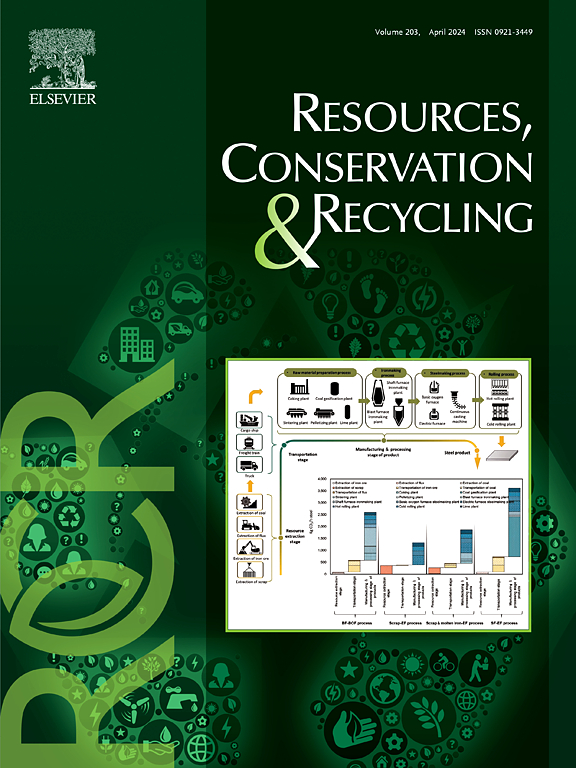Low carbon footprint of Nile tilapia farming with recirculation aquaculture
IF 11.2
1区 环境科学与生态学
Q1 ENGINEERING, ENVIRONMENTAL
引用次数: 0
Abstract
Recirculation aquaculture (RAS) holds promise for meeting the growing demand for high-protein food while reducing environmental impact. However, RAS contributes to greenhouse gas (GHG) emissions, especially due to its intensification. We demonstrate that most emissions from a RAS-based Nile tilapia farm originate from the water treatment systems (biofilter) and that the emission intensity is lower than other animal protein sources. CH4 emissions increased in the biofilter as the cycle progressed due to the organic matter fueling CH4 production, while CO2 emissions decreased due to primary production. We observed higher ebullitive than diffusive emission, and a lower CH4 diffusive emission during aeration. We estimated direct emissions of 2.03 kg CO2eq/kg of protein. The biofilter accounts for approximately 98 % of the direct emissions, with total emissions mostly driven by indirect emissions (infrastructure). Our findings will inform improvements in RAS aimed at reducing emissions from water treatment and lowering emissions from protein production.

求助全文
约1分钟内获得全文
求助全文
来源期刊

Resources Conservation and Recycling
环境科学-工程:环境
CiteScore
22.90
自引率
6.10%
发文量
625
审稿时长
23 days
期刊介绍:
The journal Resources, Conservation & Recycling welcomes contributions from research, which consider sustainable management and conservation of resources. The journal prioritizes understanding the transformation processes crucial for transitioning toward more sustainable production and consumption systems. It highlights technological, economic, institutional, and policy aspects related to specific resource management practices such as conservation, recycling, and resource substitution, as well as broader strategies like improving resource productivity and restructuring production and consumption patterns.
Contributions may address regional, national, or international scales and can range from individual resources or technologies to entire sectors or systems. Authors are encouraged to explore scientific and methodological issues alongside practical, environmental, and economic implications. However, manuscripts focusing solely on laboratory experiments without discussing their broader implications will not be considered for publication in the journal.
 求助内容:
求助内容: 应助结果提醒方式:
应助结果提醒方式:


